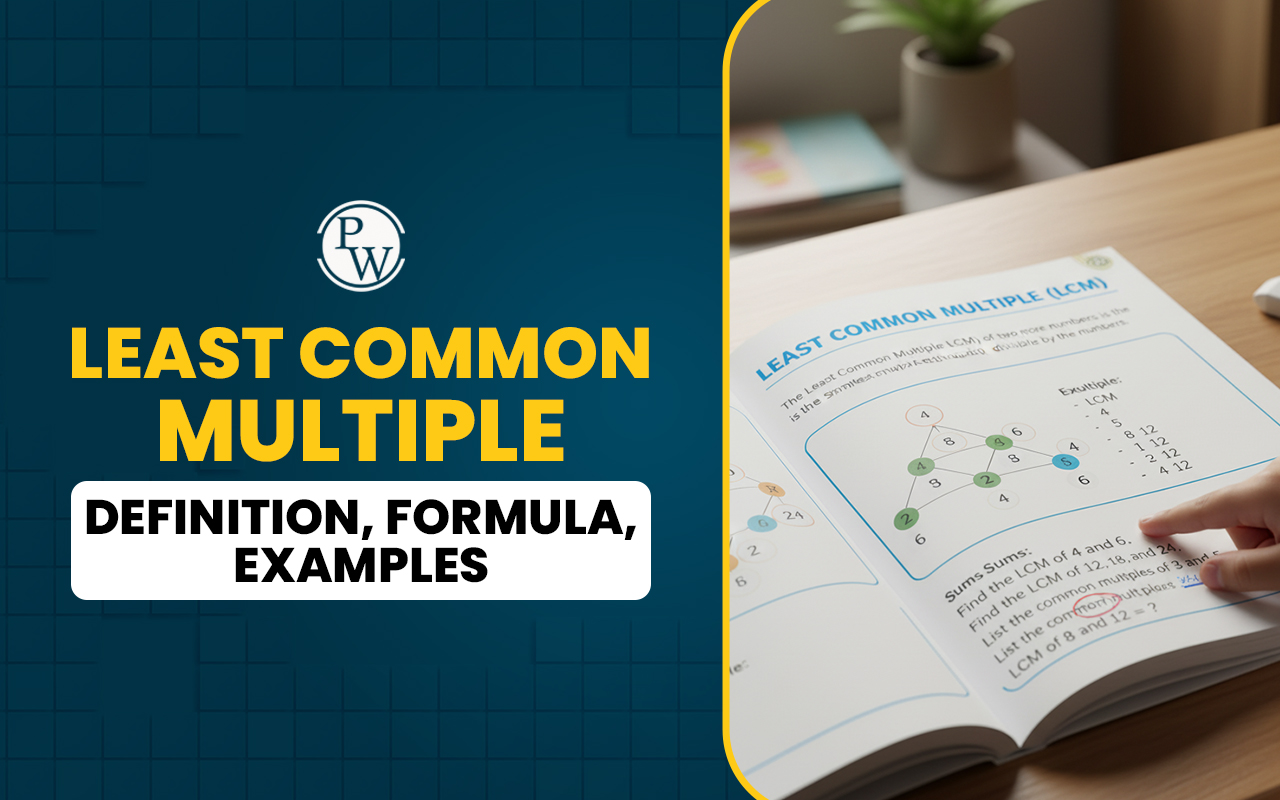
Resources are the useful things around us that we depend on to live, learn, and grow. They help in different ways—like giving us water to drink, books to read, or transportation to travel. So, the answer to the commonly asked question “what is resource?” is that “Resource means anything that is helpful and adds value to our life.”
There are different types of resources. Some come from nature like sunlight, trees, and rivers, while others are made by people like buildings, machines, and vehicles. Keep reading to explore the different types of resources along with examples to understand how they are used in our daily lives.
Read More: Different Types of Materials
What is Resource?
Resources can be anything that helps us meet our needs or do something useful in life. It can be a part of nature, like water, soil, sunlight, and air, or something made by people, like vehicles, machines, books, or electricity. So, when we define resources, we mean all the useful things around us that have value and utility.
A thing becomes a resource when people discover its use or create ways to use it better. For example, wind was once just moving air, but with the help of science and technology, we now use it to make electricity.
In the same way, fast-flowing water became a resource when we learned to turn it into energy. This shows how time and technology can change anything into a useful resource. Now that we understand what is resource, let’s explore the types of resources and how they are used in real life.
Different Types of Resources
Resources are all around us, and they are grouped into different types based on where they come from and how we use them. The two main types of resources are natural resources and human-made resources.
-
Natural Resources are the things we get directly from nature. They are not made by people. Examples include air, water, soil, sunlight, forests, animals, and minerals. These resources are very important for life. For example, we breathe air, drink water, grow food in soil, and use wood from trees to make furniture.
-
Human-made Resources are the things that people create using natural resources. These include roads, buildings, vehicles, machines, and tools. For example, using metals from the earth, we make cars and machines. Using stone and cement, we build houses and schools. These resources help us work, travel, and live more comfortably.
Additionally, humans can also be considered a resource, as they bring skills, knowledge, and hard work that help in using and improving other resources. Let's now learn about the different types of resources one by one in detail.
Types of Resources: Natural Resources
Natural resources are the things we get directly from nature that help us in our daily lives. These are gifts from nature that we use without making big changes. For example, the air we breathe, the water we drink, the soil for farming, sunlight, trees, and minerals are all natural resources.
Natural resources are of different types, and we can group them in many ways based on how we use them, where they come from, or how long they last.
-
Based on Use:
-
Actual Resources: These are the resources we already use, and we know how much is available. For example, Coal, which is used to make electricity.
-
Potential Resources: These are resources we don’t use now but may use in the future when better technology is available. For example, Uranium, which can be used to make energy later.
-
Based on Origin:
-
Biotic Resources: These come from living things like plants, animals, and forests. For example, Fruits, wood, and honey.
-
Abiotic Resources: These come from non-living things like rocks, air, and water. For example, Minerals and sunlight.
-
Based on Availability:
-
Renewable Resources: These resources can grow back or be used again and again. For example, Water, wind, sunlight, and trees.
-
Non-renewable Resources: These resources take thousands of years to form, so once used, they can’t be replaced quickly. For example, Petrol, coal, and natural gas.
-
Based on Location:
-
Ubiquitous Resources: These are found almost everywhere on Earth. For example, Air and sunlight.
-
Localized Resources: These are found only in some places. For example, Gold is found in certain areas only.
Natural resources are very important for our life and development. This is why we must use them wisely so they don’t get wasted or disappear in the future.
Read More: Solar system
Types of Resources: Human-made Resources
Human-made Resources are the things that people create by using natural resources and turning them into something useful. These are also called man-made resources. When people use their skills, knowledge, and machines to make new things that help in daily life, those things become human-made resources.
-
For example, iron is a natural resource. But when people use it to make steel and build bridges, buildings, or machines, that steel becomes a human-made resource.
-
In the same way, paper made from wood, roads made from stone, and electricity made from water or coal are all examples of human-made resources.
Human-made resources do not exist on their own in nature. Humans create, change, or improve them using tools and technology. That is why we say they are made by people. Some of the examples of the Human-made resources include:
-
Buildings
-
Vehicles
-
Roads
-
Bridges
-
Trains
-
Plastic
-
Paper
-
Electricity
So, when we define resources made by humans, we mean anything useful that humans have made from natural things. Man-made resources are usually renewable, which means they can be made again.
Read More: Changes Around Us
Resources Examples and Their Uses
Resources are helpful things that come in different forms and make our daily lives smooth and comfortable. Some come from nature, while others are made by humans using skills and tools. Let's explore some resources examples and understand why they are important in our lives.
-
Resources Examples That Are Natural: As we learned, natural resources are things that come directly from nature and are used by humans. Some common resources examples from nature include:
-
Water: We need water to drink, cook food, clean our homes, and grow crops on farms.
-
Air: We breathe air to stay alive. All living things, including animals and plants, need air.
-
Soil: Soil helps in growing fruits, vegetables, and other plants that give us food.
-
Plants: Plants give us oxygen to breathe, food to eat, and even medicines to stay healthy.
-
Animals: Animals give us milk, eggs, and meat and help in farming by carrying loads or ploughing fields.
-
Minerals: Minerals like iron, gold, and copper are used to make tools, buildings, machines, and even mobile phones.
These types of resources that come from nature are very important because they give us what we need to live. We get food, shelter, clothes, and even fuel from them. But some of these natural resources are limited like coal and oil, so we must use them carefully.
-
Resources Examples That Are Man-Made: Human-made resources are made by using natural things in smart ways. When people use their skills and tools to make something new and helpful, it becomes a man-made resource. Some resources examples made by humans are:
-
Buildings: These include homes, schools, hospitals, and offices where people live, study, get treated, and work.
-
Roads and Bridges: They help us travel from one place to another quickly and safely.
-
Vehicles: Buses, trains, cars, and bikes help us move around easily for school, work, or visiting places.
-
Electricity: It is made using water, wind, sunlight, or coal. We need it to light our homes, run fans, TVs, computers, and more.
-
Machines: Machines are used in factories to make clothes, food items, toys, and many other things we use daily.
These human-made resources make life easier, safer, and faster. They help in building cities, providing jobs, and improving education and health.
Also Read: What is Temperature?
Conserving Resources Using 3Rs
We use different types of resources every day like water, electricity, petrol, and paper. But many of these resources are limited. This means if we keep using them without care, they might get finished one day. Even some renewable resources like water can become scarce if overused.
For example, clean drinking water is already becoming hard to find in many places. Petrol and coal, which we use for cars and electricity, may also run out in the future. That is why it is important to use our resources wisely and save them for the future.
Conserving resources means protecting and saving the useful things around us, whether they are natural like water and minerals or human-made like electricity and fuel. This helps not just us, but also future generations. Here is how we can conserve resources using the 3Rs:
-
Reduce: Try to use less. For example, turn off lights and fans when not needed.
-
Reuse: Use items again if possible. For example, reuse old books or containers.
-
Recycle: Turn waste materials into useful items. For example, recycle paper, plastic, or glass.
Make Social Science Easy and Interesting for Your Child with CuriousJr
Does Social Science also feel boring to your child? This is quite common among children. When Social Science is taught only through textbooks, the topics can feel boring and hard to remember.
CuriousJr’s Social Science Tuition classes make learning Social Science topics fun and easy to understand. With the help of interactive live sessions, maps, visuals, and regular practice questions, children start connecting better with Social Science concepts and topics.
-
The two-teacher model used in these social science online classes makes sure that each child gets personalized attention.
-
Regular revision, homework help, and tests also help in building a strong base and scoring better in exams.
So, book a demo class now at just INR 29 and see your child enjoy and understand Social Science like never before.
What is Resource? FAQs
How to define resources?
What are different types of resources?
Give resources examples.
Why are resources important?
How to conserve resources?










